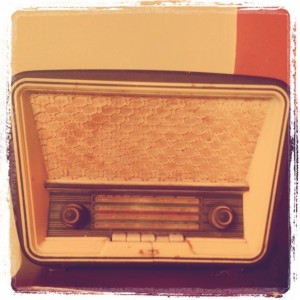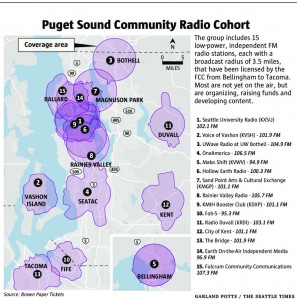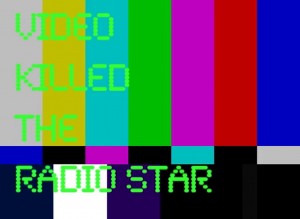
Source: https://www.flickr.com/photos/tetsumo/5309720900
Low-power FM radio stations have begun to spring up in local communities around the world since 2000. Terrestrial radio or digital signals have made it easy for stations to broadcast to an online audience. The Seattle area has started to see a rise in FM “hyperlocal” radio stations providing a voice of “media justice” by providing a voice to voiceless members of the community.
Low-power FM stations in Seattle neighborhoods gives people a voice often overlooked by mainstream broadcast media https://t.co/o5WBvGiZgr — John Combs (@JohnWCombs) June 4, 2016
Some would call this a fad which will eventually be outmoded by digital media. Just a switch to an outdated analog medium like vinyl or cassette which scratches some hipster, nostalgic itch for hipsters but will soon enough be forgotten. Everyone has switched to mobile streaming and millennials are just not listening to the radio, right? Well not exactly.
According to a 2015 Nielsen report millennials are turning on their radios for music discovery.
“Nearly six in ten (59%) said they use AM/FM or satellite radio for music discovery…”https://t.co/ZT4yZsuKCl
— John Combs (@JohnWCombs) June 4, 2016
In fact, millennials listen to the radio more than previous generations according to those Nielsen surveys.
More millennials listen to the radio than older generationshttps://t.co/Y6FM1TKp1z
— John Combs (@JohnWCombs) June 5, 2016
MTV’s first broadcasted music video, The Buggles’ 1978 hit “Video Killed the Radio Star,” predicted the obsolescent of radio and many forecasted smartphones and online streaming services would be the final nail in the coffin but the radio broadcast seems to acquiescence. In 2015 Nielsen reported terrestrial radio as the number 1 medium for advertisers for reaching their audience.
Nielsen reports terrestrial radio is the number 1 medium in terms of reach
https://t.co/dfz9pNDkrA — John Combs (@JohnWCombs) June 6, 2016
Community radio not only provides an outlet for bands and talent that would not normally get played on the air through commercial radio stations but also helps broadcasts the voice of the local community. Instead of adhering to the interests of advertisers, local radio stations represent and reflect the listeners of the community. Online options have taken the power out of the hands of consolidated media conglomerates national radio stations like Clear Channel and given them back to the listener which is empowering the local community.
The importance of community radio
https://t.co/X5md1iubyD— John Combs (@JohnWCombs) June 5, 2016
5 reasons to tune into your local radio
https://t.co/nTtojzA9nv— John Combs (@JohnWCombs) June 4, 2016


